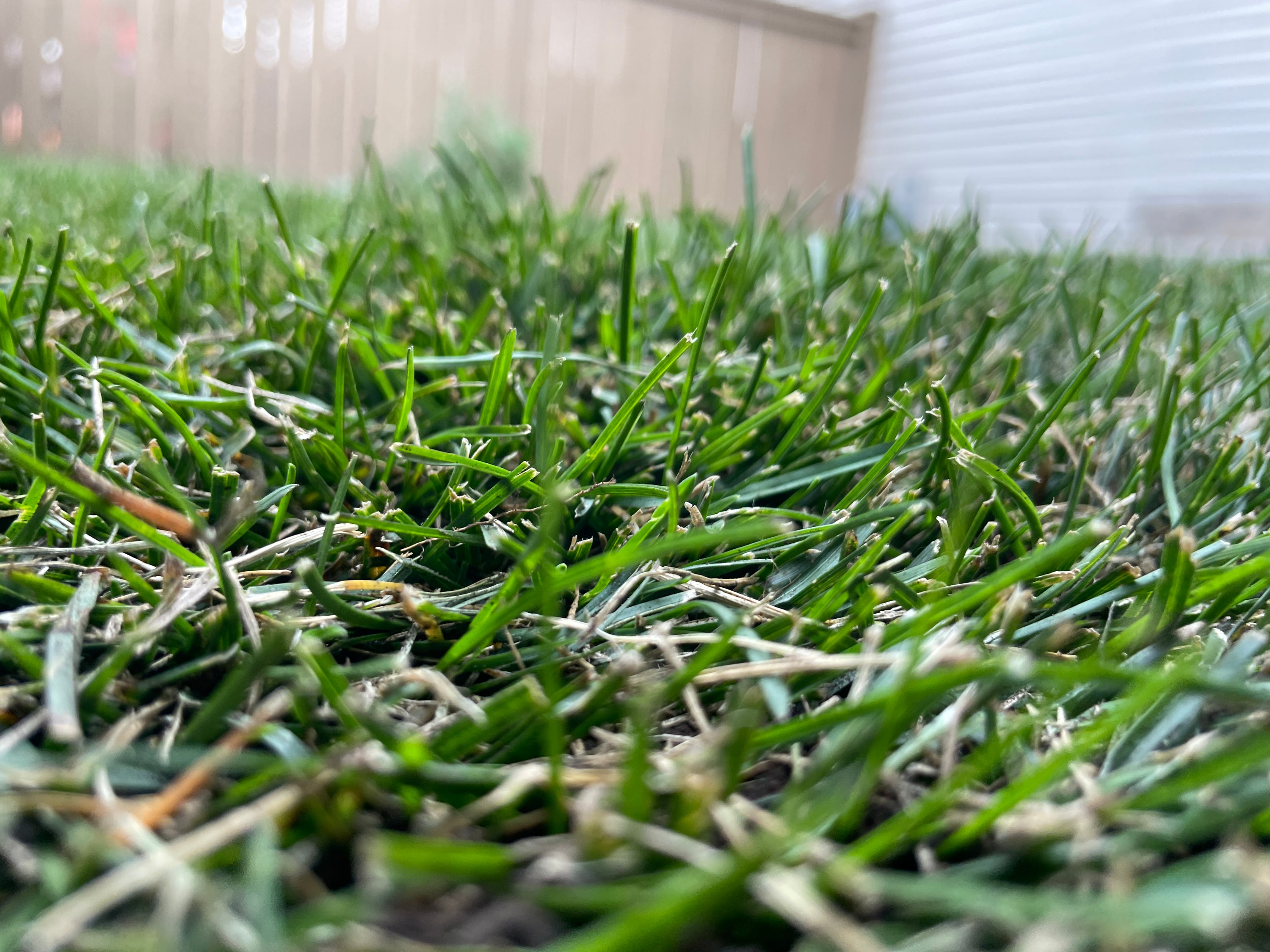
Evaluating Sod Quality: What to Look for Before Installation
Introduction: Choosing high-quality sod is essential for achieving a healthy, vibrant lawn. In this blog post, we'll discuss the key factors to consider when evaluating sod quality before installation, helping you make informed decisions and achieve the best results for your landscaping project.
1. Grass Variety: The first step in evaluating sod quality is to consider the grass variety. Different grass species and cultivars have unique characteristics and requirements, so it's essential to choose a variety that is well-suited to your climate, soil type, and intended use. Common sod varieties include Kentucky Bluegrass, Tall and Fine Fescue, or a Combination of Both.
2. Root System: A healthy root system is crucial for sod establishment and long-term growth. When evaluating sod quality, inspect the roots to ensure they are dense, well-developed, and free from pests and disease. Avoid sod with shallow or sparse root systems, as this may indicate poor quality or improper harvesting practices.
3. Thickness and Density: High-quality sod should have a uniform thickness and density, with no gaps or thin spots. Thicker sod provides better insulation and resilience against foot traffic, while dense sod helps prevent weed growth and promotes uniform grass coverage. Take the time to visually inspect the sod rolls or pallets to ensure they meet your thickness and density requirements.
4. Color and Texture: The color and texture of the sod can provide valuable insights into its health and vitality. Look for sod with vibrant green coloration and uniform texture, indicating active growth and optimal health. Avoid sod that appears yellowed, browned, or patchy, as this may indicate stress. If you come upon sod rolls that look stressed during your unloading of the pallet, contact your supplier for best instructions in how to nurse the sod back to proper health.
5. Weed and Pest Control: Inspect the sod for signs of weeds, pests, or disease before installation. High-quality sod should be free from visible weeds, insects, and fungal infections. Additionally, inquire about the sod supplier's weed and pest control practices to ensure the sod is grown in a healthy, pest-free environment.
Conclusion: In conclusion, evaluating sod quality is a crucial step in achieving a successful sod installation. By considering factors such as grass variety, root system health, thickness and density, color and texture, and weed and pest control, you can choose high-quality sod that will thrive in your landscape. Investing in quality sod upfront will pay off in the long run, providing you with a beautiful, healthy lawn for years to come.
